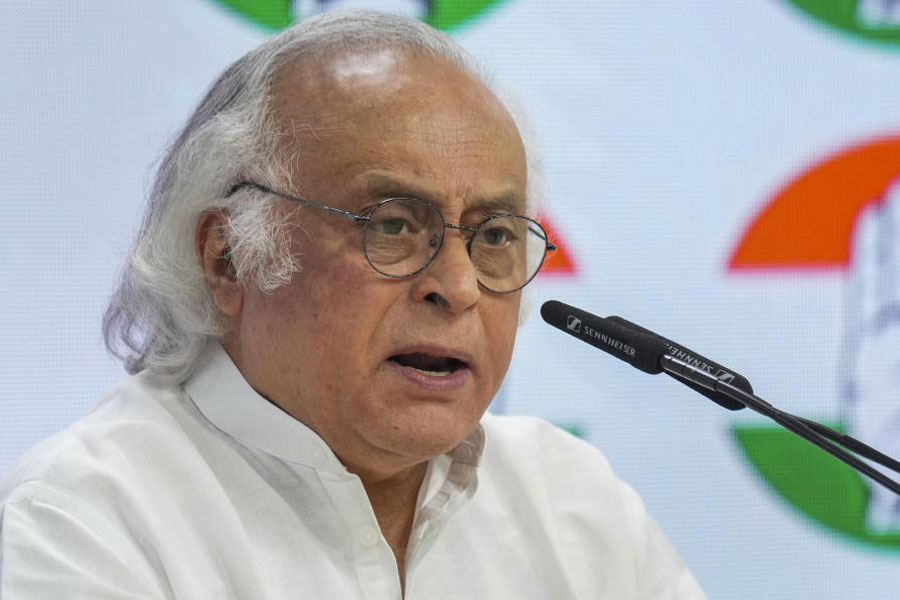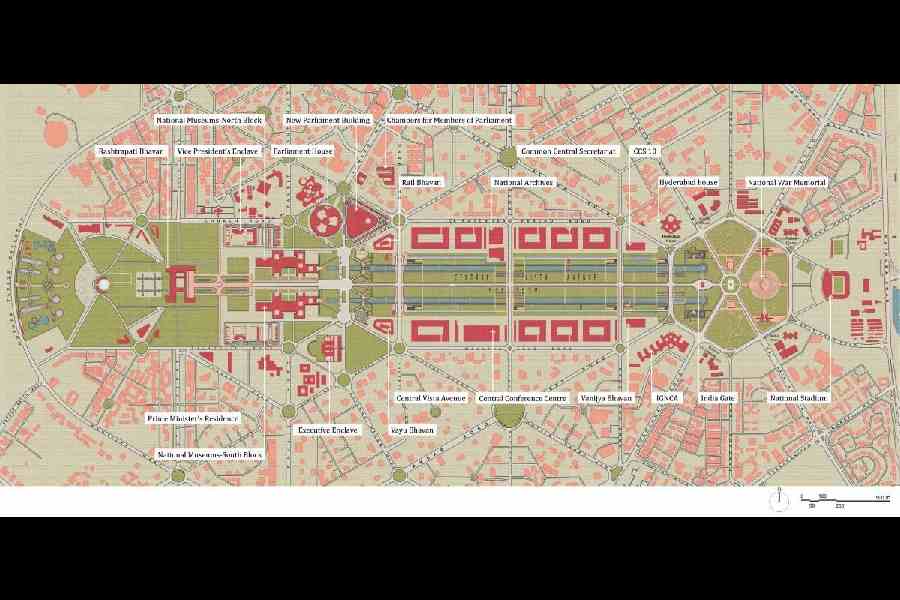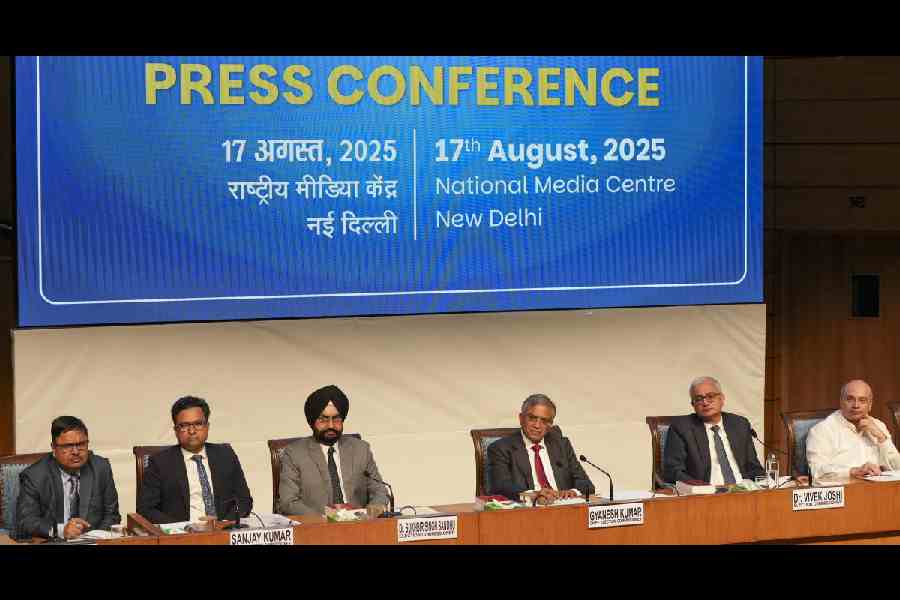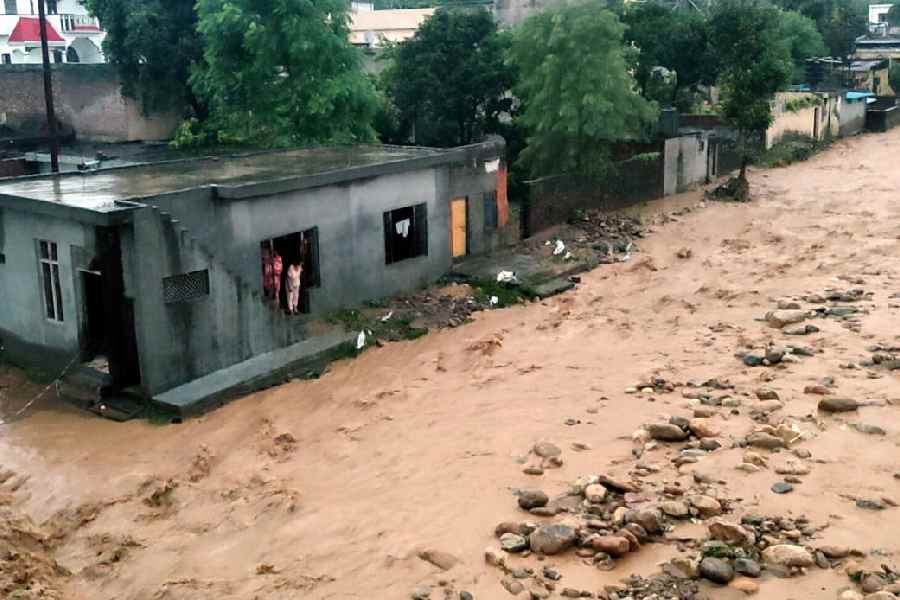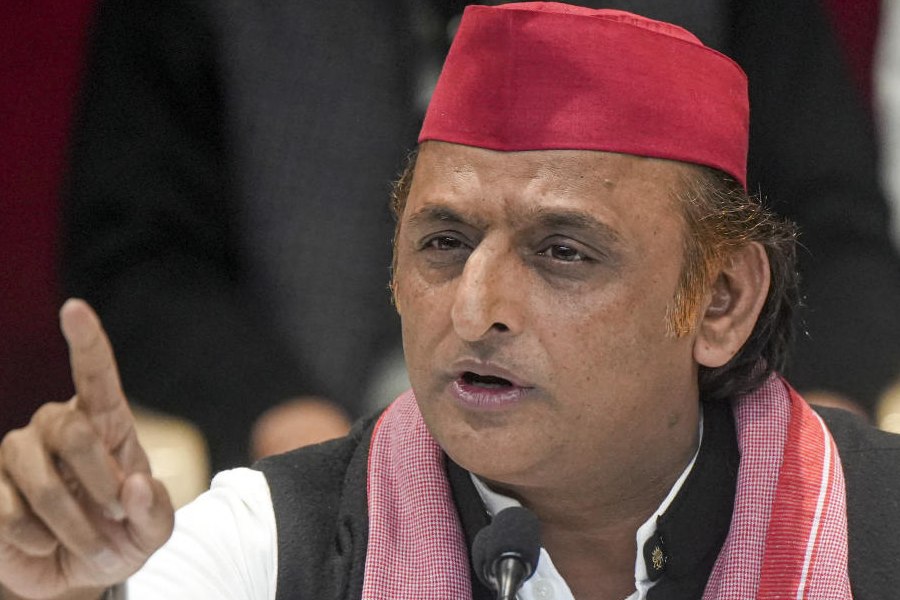 |
| Pic by Gajanan Dudhalkar |
It’s an 11-storey building that looks like it might have been put together with Lego blocks by an unusually imaginative child. Each storey juts out in a different direction and each one is formed by unequal trapezoid blocks that seem to be stacked almost randomly on top of one another. But look more closely and there is a method in the architectural madness. Each trapezoidal block is an apartment with a deeply recessed balcony that offers a mix of sun and shade. And each apartment has a view that’s different and entirely its own.
This funky-looking building is called Terasa 153 and it’s designed for a plot
in the tiny Adriatic state of Montenegro (once part of Yugoslavia). What’s more, it has grabbed attention globally by winning the World Architecture Festival (WAF) award for the best residential building in the Future Projects category.
The architect: Mumbai-based Sanjay Puri, who has emerged as one of the most exciting new-generation Indian architects and who’s also developing a reputation internationally for his world-class contemporary buildings.
“I want to make buildings that are different and that offer new ways of experiencing space,” says Puri.
 |
| The funky Terasa 153 building that Puri designed for a site in Montenegro recently bagged the WAF award for the best residential building in the Future Projects category |
It has been a golden year for Puri who has snapped up eight international awards just this year alone. And his constant experiments with sculptural forms have won him an extraordinary 27 international awards since 2010 — including several that no other Indian architect has ever won before.
Says star architect Hafeez Contractor: “Sanjay is leading the top group of young Indian architects today. He’s creative and he’s hard-working and that’s a winning combination, along with luck, for any architect.” Puri began his career working with Contractor.
But it isn’t just his funky looking buildings that are winning high praise. Take the 27-room D.Caves boutique hotel in Hyderabad, which he has built around 50ft-high boulders that loomed large in the middle of the hotel site. It won him the Hospitality Design award in New York for the Best Green/ Sustainable hotel in 2012. Last year, his striking Chrome Hotel in Calcutta won a Hospitality Design award for the best mid-range hotel. “It’s a totally different hotel on such a tiny plot. And I fought to get the design approved,” says Puri.
One project is already winning kudos even though it is yet to be built. This is a stunningly simple chapel in Murcia, Spain, that will be perched at a height of 90 metres on the edge of a steep hill. The chapel merges seamlessly into the gently undulating landscape.
 |
| Perched on the edge of a steep hill, this stunningly simple chapel in Murcia, Spain, is winning Puri many admirers around the world even before it has been built |
Worshippers will enter through a small doorway that opens into a cavernous space with a panoramic view of the hillside and ocean in the distance. And that isn’t the last of the extraordinary effects: the cross has been placed on the edge of a pool from which water falls into a trough below, creating a small waterfall. And the mist rising from the splashing water makes it seem as if the chapel is floating above the hill.
“I’ve received mails from all over the world asking me for its location. But I have to tell them it’s not yet built,” says Puri ruefully. Construction has been stalled because of the recession in Spain but Puri’s hoping it will be built soon.
Indeed, some of Puri’s award-winning designs are yet to be built. But that’s not stopping him from pursuing his dazzling visions. His Sanjay Puri Architects has 140 projects across over 30 cities in India and also in Spain, Montenegro and Dubai. These include offices, homes, hotels, and even townships like Evershine Global City in Mumbai, which at 10-million-sqft and 15,000 apartments, is his largest project today.
Puri’s clear that he doesn’t want to make “cookie-cutter” buildings. Instead, he says: “I want to make buildings that are new to experience, that are functional yet resolve the functions in exciting ways.” So he’s always experimenting with sculptural spaces and forms. “Today steel and RCC allow me to create any shape I want so why would I do this,” he says, rapidly sketching a rectangular building on a pad before him.
Indeed, cuboids and trapezoids feature in many of his recent buildings like Palmyra, in Mauritius, on which construction has just begun. With the upcoming Bombay Arts Society building in Bandra, he’s even gone one step further to create an entirely fluid building with no corners at all.
“It’s one of our most challenging projects,” says Puri. To make the space seem larger than its tiny plot, Puri’s designed an entirely fluid building. So, the first three floors have an amorphous form. They house three floors of gallery space. Above that is a rectilinear glass-façade office block that continues the building’s fluid form. “We’ve done 100 times the amount of work in this small building than we would have done in a normal building, simply because the design is so complicated,” he says.
 |
| The Palmyra in Mauritius is the first of Puri’s Lego-like cube buildings to go under construction |
Yet, he says that he’s not making different buildings “for the sake of being different”. Rather, he’s always looking at “resolving functions”. wAnd he’s also always deeply committed to creating environmentally sustainable buildings.
So, he’s designed the zero-energy Biome office complex for a cement plant in Rajasthan, which won a WAF commendation in 2011. Puri is also reworking traditional sustainability features like the jali and courtyard. For instance, in the upcoming Shree Cement building in Jaipur, he’s “crumpled the jali like origami so that you have a jali covering the entire building like a twisted envelope”. And in the award-winning Courtyard House at Beawar, Rajasthan, he’s created a modern concrete structure around a number of courtyards.
Or look at the under-construction G.I. School in Mumbai. This is located in a densely populated residential area. So to provide privacy and to make it more energy-efficient, he’s created a second skin or sheath of hexagonal modules around the entire building. And he’s also created smaller open spaces at every floor for students to play or sit out.
Puri’s deeply concerned about how architecture affects human behaviour. So in an office that he’s building in Beawar instead of creating a factory-like 20,000-sqft work area on each of the four floors, he has split it into four blocks fanning out like fingers from a common corridor. This creates more intimate work spaces that also demarcate departments.
Puri, who studied in Mayo College, knew he wanted to become an architect in Class 9. “It sounds clichéd but the fact is that I wanted to do architecture after I read Fountainhead,” he says.
 |
| Puri has built the boutique D. Caves hotel in Hyderabad around the 50ft boulders located in the middle of the site |
So, after finishing his Class 12, he took up a summer internship under Hafeez Contractor. “By the time I went for my architecture college interview, I had visited every construction site in south Bombay and I knew all kinds of drawings,” he recounts.
Through his five years at Mumbai’s Academy of Architecture, Puri spent his spare time working in Contractor’s office. After graduating, he joined Contractor full-time and worked for him for another four years. “Hafeez’s speed and clarity of thought influenced me,” he says.
The big break came when he landed the 22-lakh-sqft Vasant Nagri project for Sheth Developers in Vasai, Mumbai. That helped him establish his own practice in 1992. More housing projects followed. “At one time, I was doing 30- million-sqft of housing till I decided it was getting too repetitive,” he says.
 |
| In the under-construction G.I. School in Mumbai, Puri has created a second skin of hexagonal modules around the entire building |
Then, in the late 1990s, he moved in new directions with his first hotel, Mirador, in Mumbai, and the large R World entertainment centre in Ahmedabad. He also started experimenting with building forms then, “massing different volumes together” in projects like the Nisarg residential building in Vadodara.
Eight years ago, his practice took another shift “from creating interesting forms and juxtapositions of forms to creating more abstract and sculptural spaces”. In fact, he won his first international award in 2009 with his first cube-shaped building, The Cubes, designed for an office in Pune.
Now, he’s excited about several new projects. These include a five-star hotel in Lucknow, whose design mirrors the “organic flow” of a typical small-town Indian street. So, the hotel ‘street’ meanders into a terrace leading into a restaurant in one place. Elsewhere, it opens onto a garden with a coffee shop next door. Over the coffee shop is a suspended bar. “The way it flows, it feels like you’re inhabiting a sculptural space,” he says.
Then, there are his international projects like a piazza in Montenegro and a township in Spain. Puri ventured into these countries with Indian developers but while they exited, he continued to work there. He’s also doing the interiors of an Islamic art store in Dubai, which he’s designed like a museum.
Of course, he’s constantly struggling to convince Indian developers to experiment. At the same time, he knows that “No project is going to be viable if it’s not saleable”. Yet, he’s determined to tread the untrodden path. He says: “I don’t care if my practice doubles or doesn’t double. I just want to do more interesting projects where I can prove what I am doing today on a much bigger scale.”


